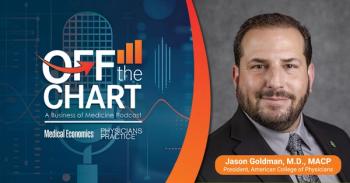
Revenue cycle management: How AI and technology tools can help improve your RCM
Errors in coding, delayed claim submissions, or ineffective patient collections can result in significant revenue losses, impacting a practice’s ability to invest in staff, technology, and patient care.
Effective revenue cycle management is essential for the financial health of any medical practice. At its core, RCM encompasses the entire financial process of a patient encounter—from appointment scheduling and insurance verification to claims submission,
For independent physicians and small practices, strong RCM processes are particularly crucial. Unlike large hospital systems with dedicated billing departments, smaller practices often operate with lean administrative teams. Errors in coding, delayed claim submissions, or ineffective patient collections can result in significant revenue losses, impacting a practice’s ability to invest in staff, technology, and patient care.
The complexity of medical billing has only increased in recent years due to evolving insurance policies,
Technology plays a growing role in RCM, with automated billing systems, analytics tools, and artificial intelligence helping practices streamline workflows and reduce errors. However, even with the best technology, human oversight and strategy remain vital. Physicians who own their practices must understand common RCM pitfalls and implement best practices to optimize cash flow and reduce administrative burdens.
Medical Economics spoke with Stacey Bartell, MD, medical director for career and practice, with the American Academy of Family Physicians, to learn more. In this episode, she discusses how AI and technology tools can help improve your RCM.
Newsletter
Stay informed and empowered with Medical Economics enewsletter, delivering expert insights, financial strategies, practice management tips and technology trends — tailored for today’s physicians.
















